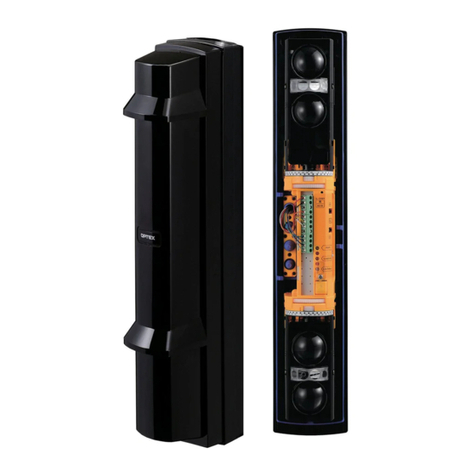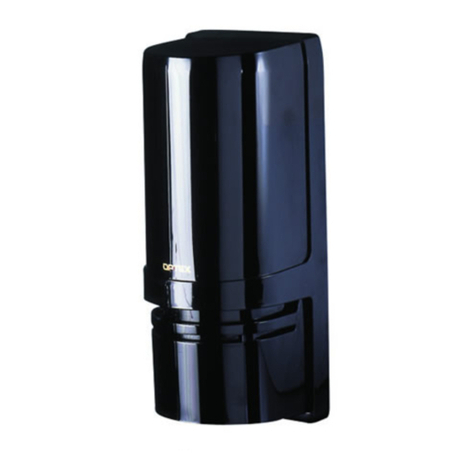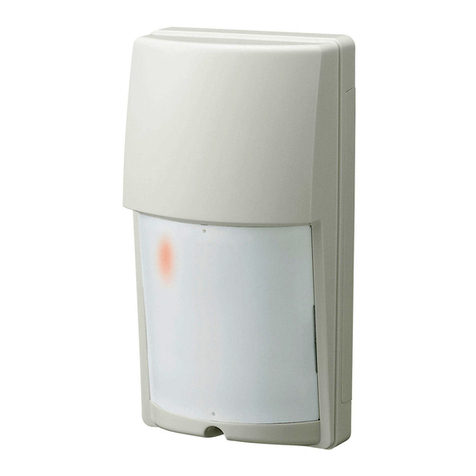Optex REDWALL-V Guide
Other Optex Security Sensor manuals
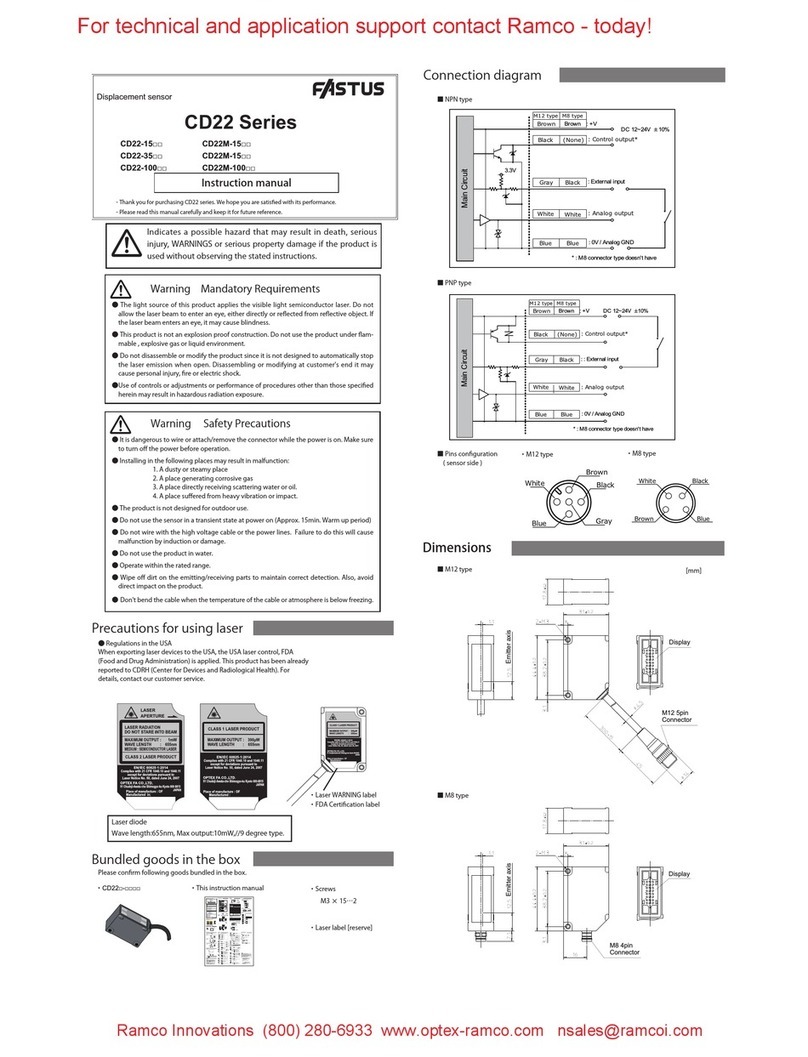
Optex
Optex FASTUS CD22-15 Series User manual
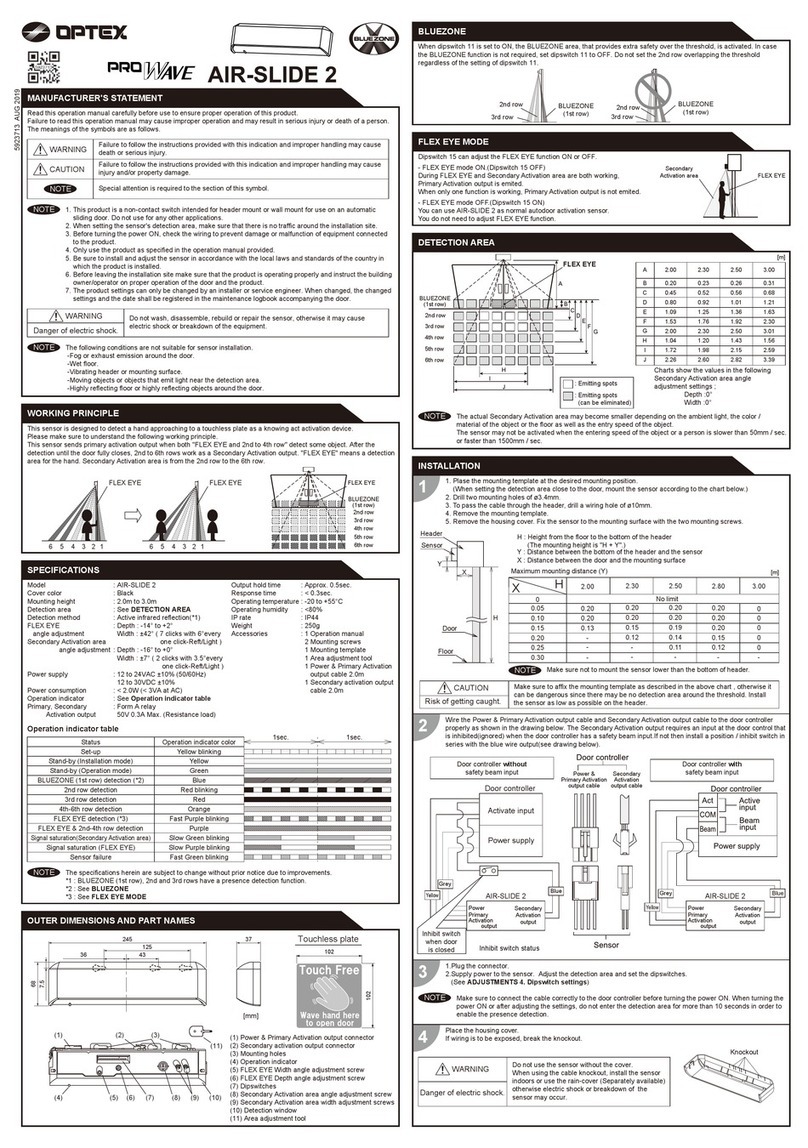
Optex
Optex PROWAVE AIR-SLIDE 2 User manual
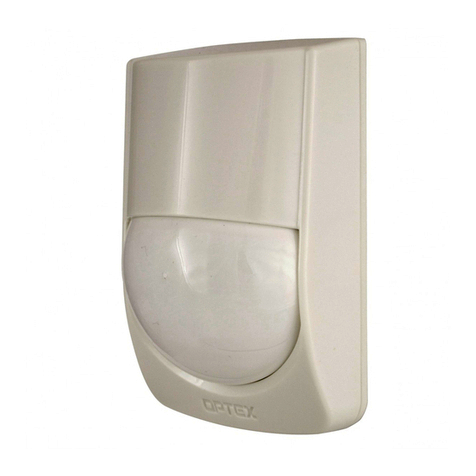
Optex
Optex RXC-DT-X5 User manual
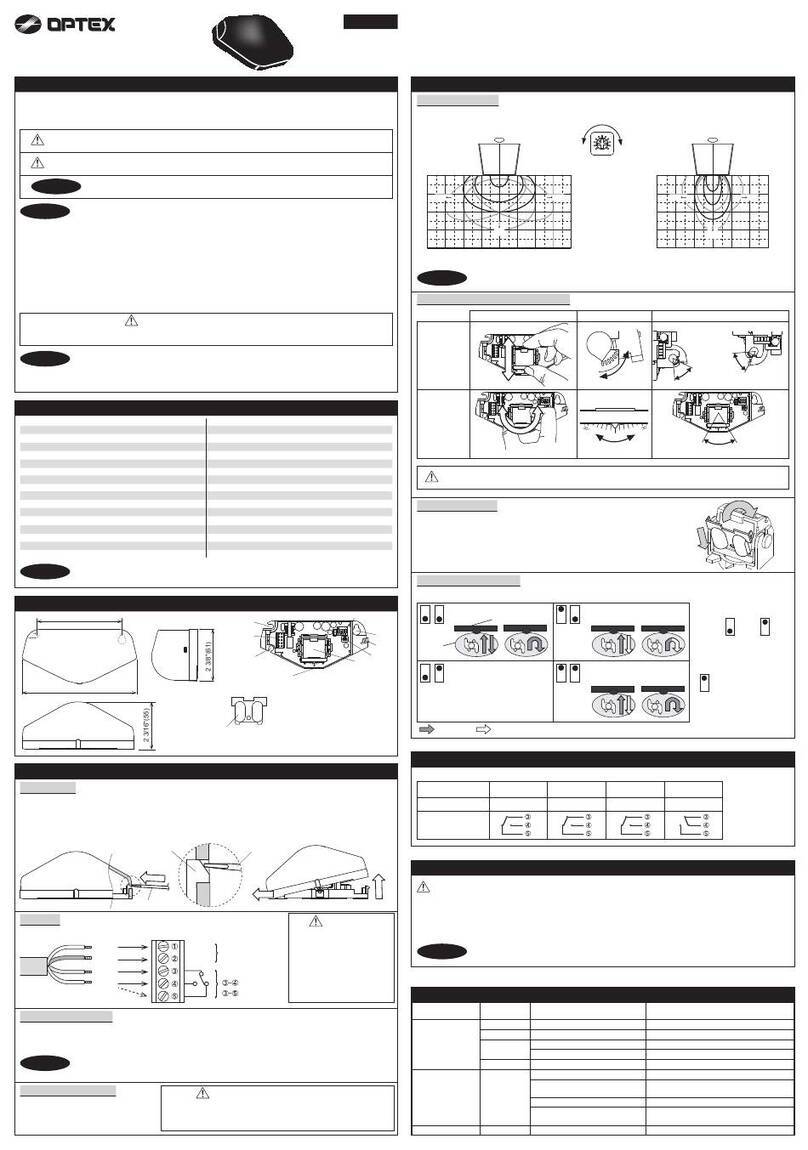
Optex
Optex REACTION TWO User manual
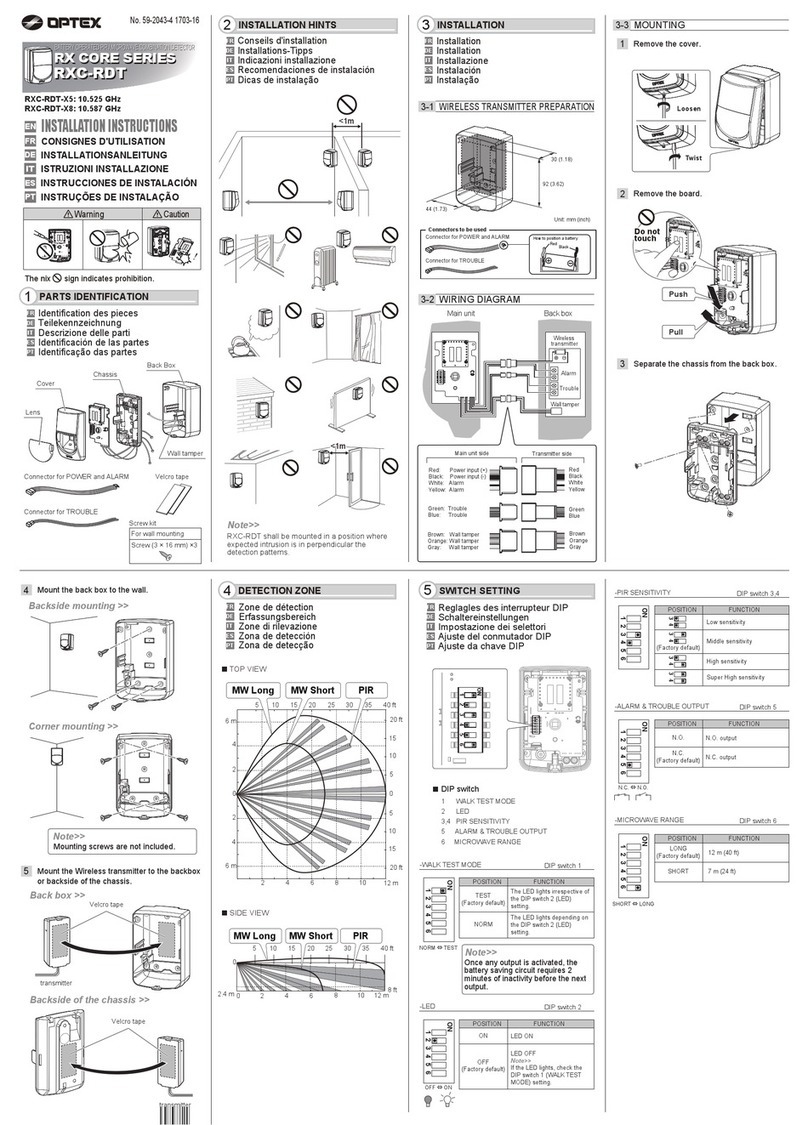
Optex
Optex RXC-RDT-X5 User manual
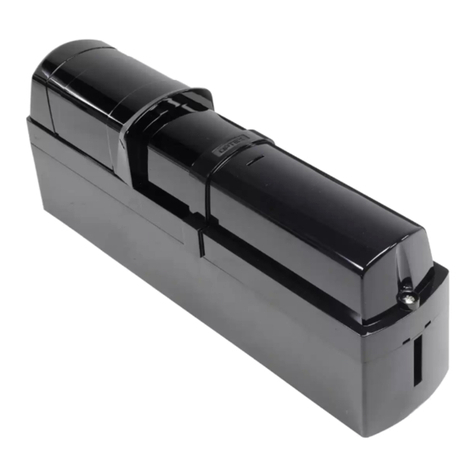
Optex
Optex OVS-50TNR User manual

Optex
Optex FTN-RRHW User manual
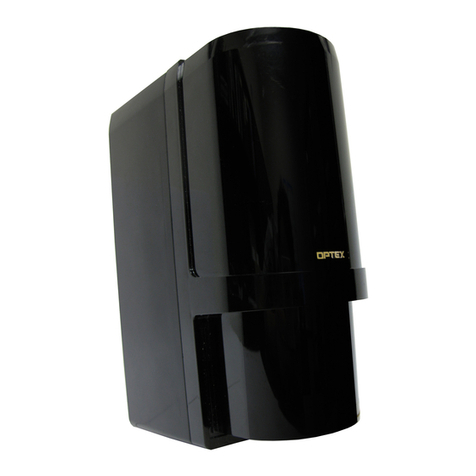
Optex
Optex AX-100TFR Series User manual
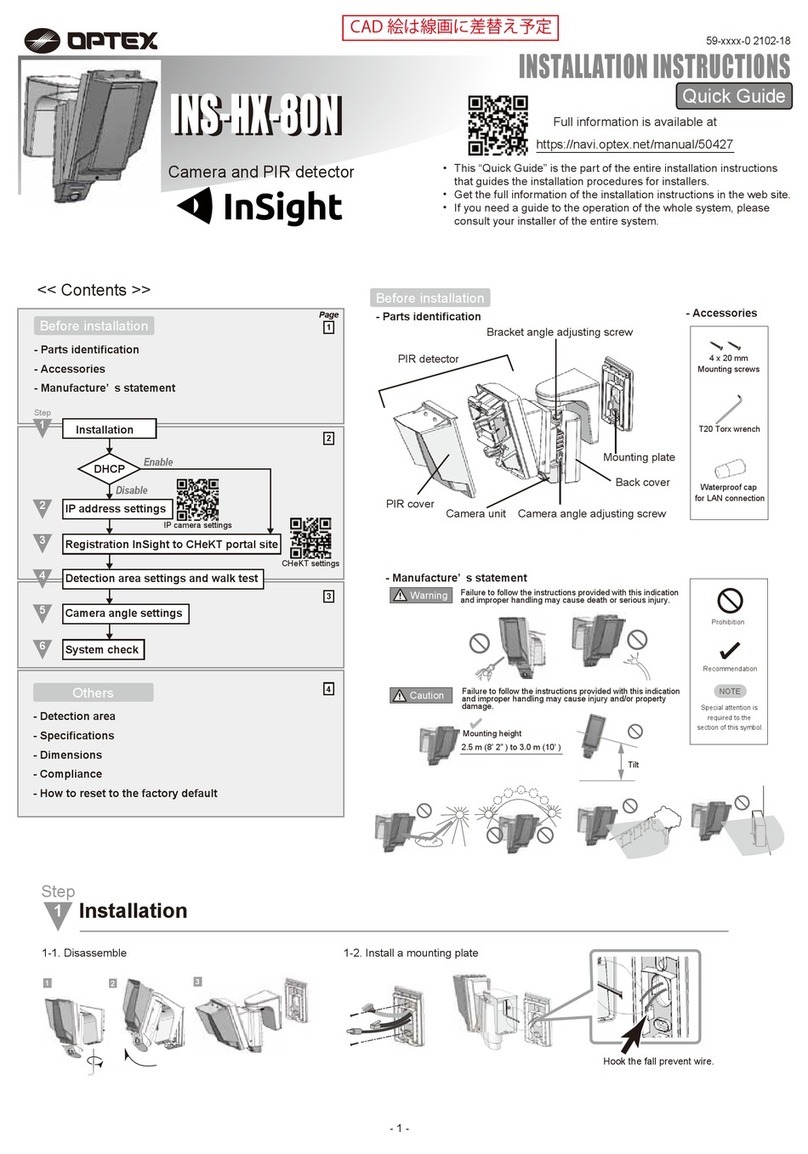
Optex
Optex inSight INS-HX-80N User manual
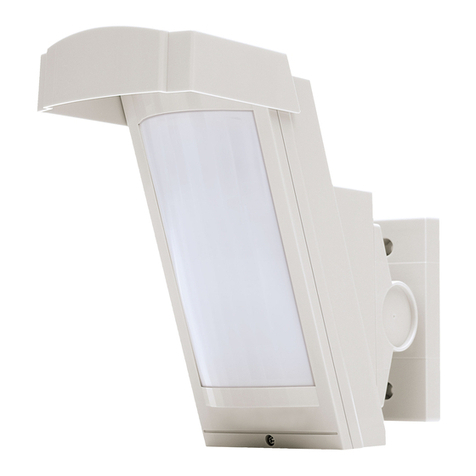
Optex
Optex HX-40 User manual

Optex
Optex DX-40 User manual

Optex
Optex HX-40RAM User manual
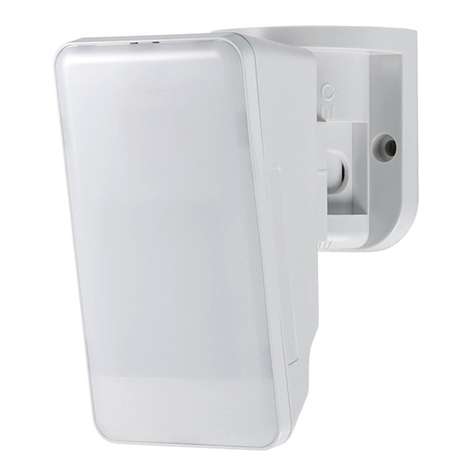
Optex
Optex URX-P01WH Operation and maintenance manual
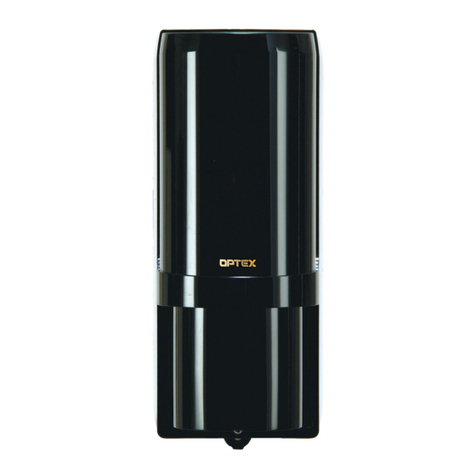
Optex
Optex AX-70TN User manual
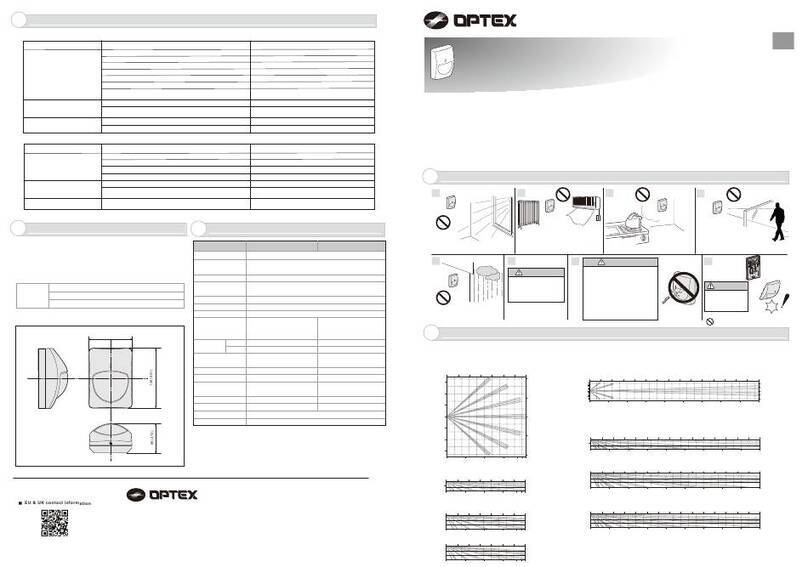
Optex
Optex CX-702S User manual
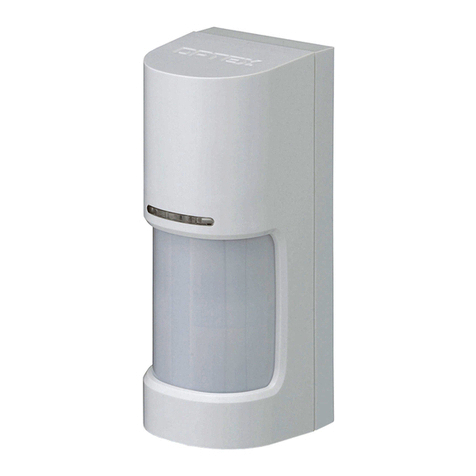
Optex
Optex WXI-R User manual
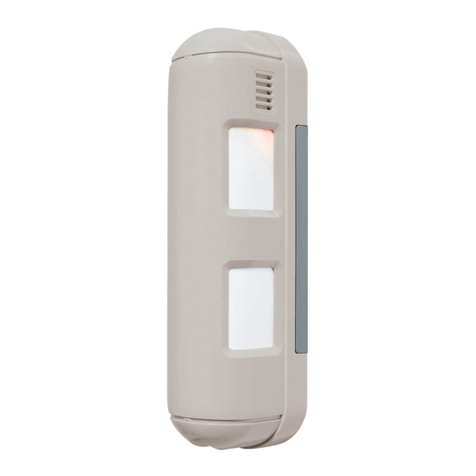
Optex
Optex Boundary Gard BX-80NR User manual
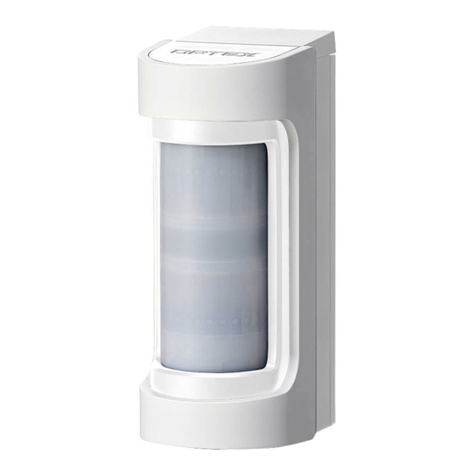
Optex
Optex VX SHIELD Series User manual
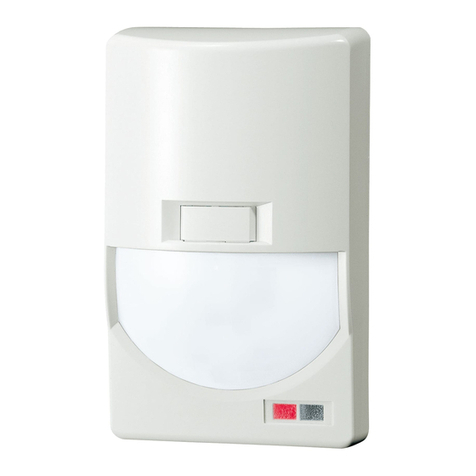
Optex
Optex CX-502 User manual
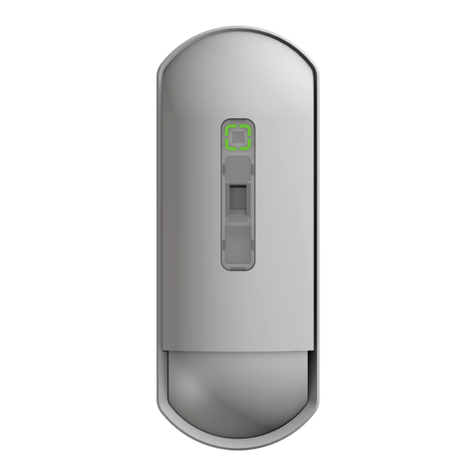
Optex
Optex FlipX Series User manual
Popular Security Sensor manuals by other brands

Shinko
Shinko SE2EA-1-0-0 instruction manual

Det-Tronics
Det-Tronics X Series instructions

ACR Electronics
ACR Electronics COBHAM RCL-300A Product support manual

TOOLCRAFT
TOOLCRAFT 1712612 operating instructions

Elkron
Elkron IM600 Installation, programming and functions manual

Bosch
Bosch WEU PDO 6 Original instructions

